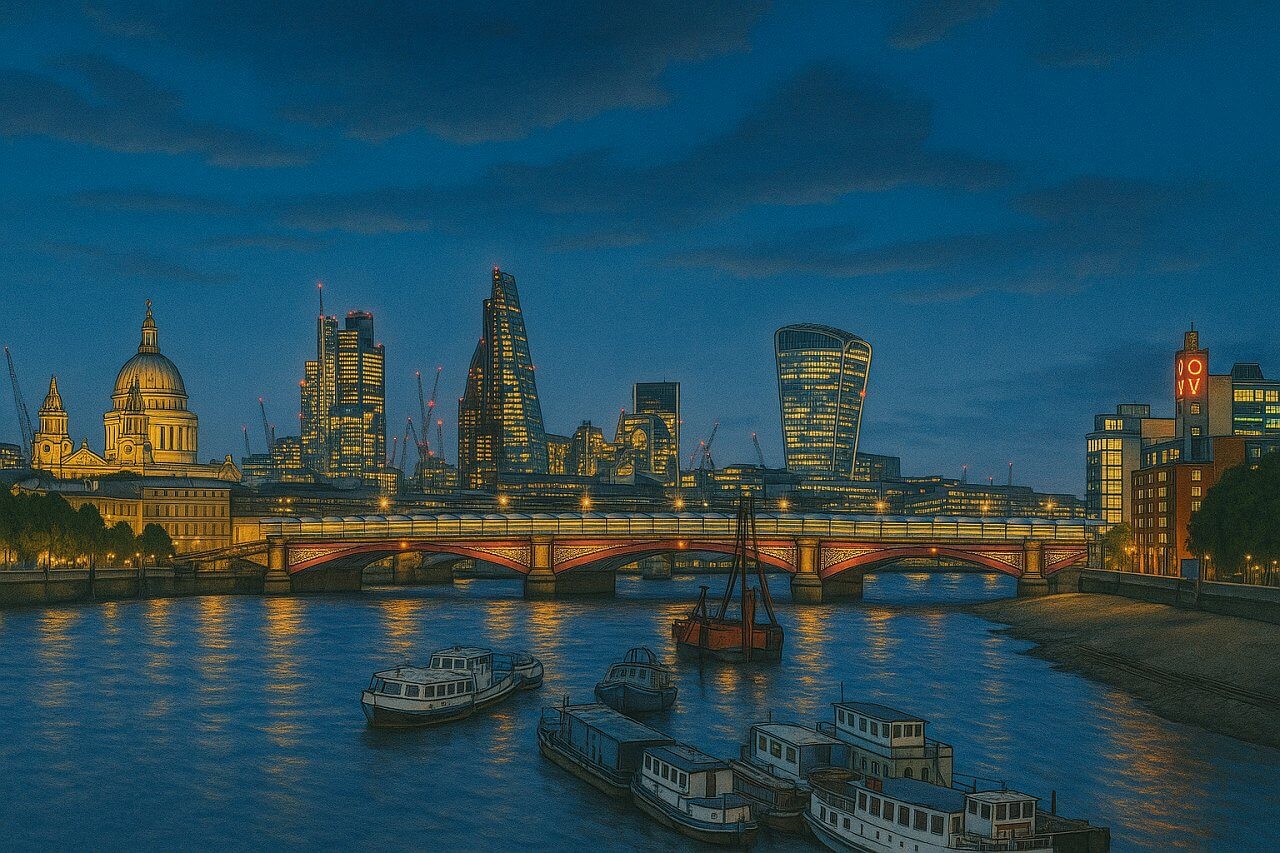
How Big Is London Compared to Other World Cities?
Greater London is one of the world’s most iconic metropolitan regions, but how does its size and population stack up against other major global cities? This guide compares Greater London with New York City, Paris, Rome, Tokyo, Sydney, Singapore, Los Angeles, Shanghai, and Seoul to give you a clearer perspective on how London fits into the global cityscape.
Understanding Greater London
Greater London covers an area of 1,572 square kilometres and has an estimated population of around 8.9 million people as of the most recent figures1. The region encompasses 32 boroughs and the City of London, stretching from the outer suburbs to the city’s historic and administrative heart.
It is worth noting that "Greater London" includes more than just the urban core; it incorporates substantial green space, suburban developments, and town centres, making it more geographically expansive than some dense, compact cities.
Paris
Paris (City of Paris, not the wider Île-de-France region) has a land area of just 105 square kilometres, making it only about 6.7% the size of Greater London. However, it packs a population of around 2.1 million, which is about 23.6% of London’s population2.
Fun Fact: Paris’s historic density means the entire city fits within the Boulevard Périphérique ring road, and you can walk across it in a couple of hours!
Rome
Rome spans roughly 1,285 square kilometres, which makes it about 81.7% the size of Greater London. Its population is approximately 2.8 million, or 31.5% of London’s3.
Fun Fact: Rome is sometimes called the "Eternal City" and includes an entire independent country within it—Vatican City!
Singapore
Singapore has a land area of 728 square kilometres, just 46.3% the size of Greater London. However, its population is around 5.9 million, which is about 66.3% of London's4.
Fun Fact: Singapore is a city-state and island nation. Despite its small size, it has one of the world’s busiest ports and most efficient airports.
Sydney
Sydney, Australia's largest city by area, spans about 12,368 square kilometres—a staggering 786.6% the size of Greater London. Its population is around 5.3 million, or 59.6% of London’s5.
Fun Fact: Sydney is so spread out that its urban sprawl extends far beyond what most people think of as the city centre, with bushland and national parks woven throughout.
New York City
New York City covers an area of 789 square kilometres, making it roughly 50.2% the size of Greater London. Its population is around 8.3 million, which is 93.3% of London’s6.
Fun Fact: NYC’s boroughs include both dense urban areas like Manhattan and large parklands like those found in Staten Island and the Bronx Zoo.
Seoul
Seoul has a land area of 605 square kilometres, around 38.5% the size of Greater London. Its population is about 9.4 million, which is 105.6% of London’s—making it one of the densest cities on this list7.
Fun Fact: Despite its high-tech infrastructure, Seoul maintains many ancient palaces and temples, blending modernity with tradition.
Tokyo
Tokyo Metropolis spans 2,194 square kilometres, about 139.6% the size of Greater London. Its population is around 14 million, or 157.3% of London’s8.
Fun Fact: Tokyo has the busiest train station in the world—Shinjuku Station—with over 3.5 million people passing through it daily.
Los Angeles
Los Angeles covers about 1,302 square kilometres, or 82.8% the size of Greater London. Its population is roughly 4 million, which is about 44.9% of London's9.
Fun Fact: LA’s layout is heavily car-dependent, in contrast to London’s extensive and historic public transit system.
Shanghai
Shanghai spans an enormous 6,340 square kilometres, making it about 403.2% the size of Greater London. Its population is an estimated 24.8 million, or 278.7% of London’s10.
Fun Fact: Shanghai’s skyline includes more than 160 skyscrapers over 150 metres tall—more than any city in Europe.
City Size Ranking (by Area)
- Paris – 105 km² (6.7%)
- Seoul – 605 km² (38.5%)
- Singapore – 728 km² (46.3%)
- New York City – 789 km² (50.2%)
- Rome – 1,285 km² (81.7%)
- Los Angeles – 1,302 km² (82.8%)
- Greater London – 1,572 km² (100%)
- Tokyo – 2,194 km² (139.6%)
- Shanghai – 6,340 km² (403.2%)
- Sydney – 12,368 km² (786.6%)
Quick Facts
- Greater London: 1,572 km², 8.9 million people
- Smallest city: Paris (105 km², 2.1M)
- Largest city: Sydney (12,368 km², 5.3M)
- Most populated: Shanghai (24.8M)
- Highest density: Seoul (9.4M in 605 km²)
- Closest in size to London: Los Angeles (1,302 km²)
- Closest in population to London: New York City (8.3M)
- Biggest outlier in size: Sydney (nearly 8x London)
- Biggest outlier in population: Shanghai (nearly 3x London)
References
- Greater London Authority – Population Data
- INSEE – Paris Demographics
- ISTAT – Rome Population and Area
- Singapore Department of Statistics
- Australian Bureau of Statistics – Sydney
- US Census Bureau – NYC
- Statistics Korea – Seoul
- Tokyo Metropolitan Government
- City of Los Angeles Official Site
- Statista – Shanghai Population

Painting of London Skyline at Night (View image in full size)